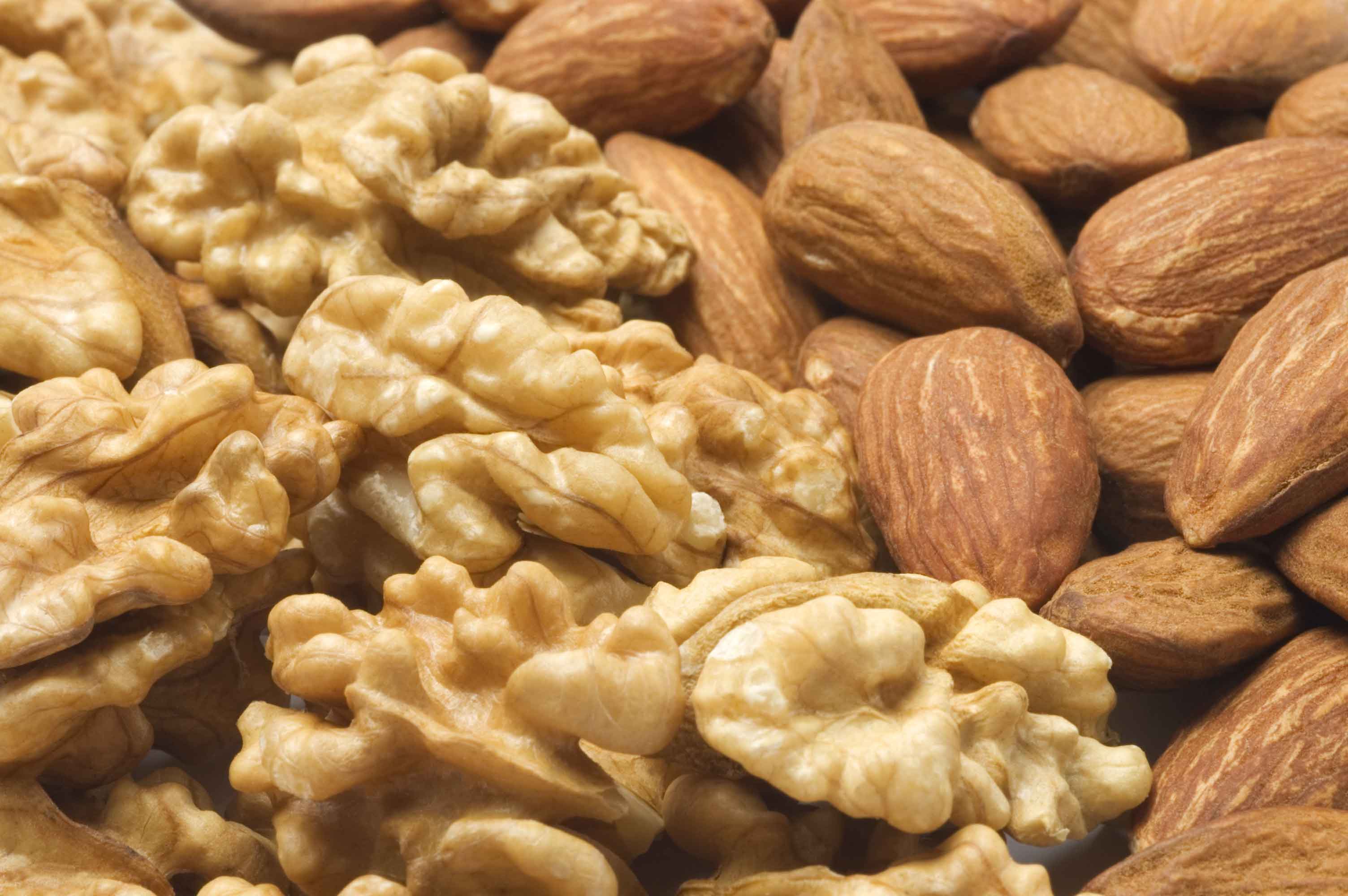For our second installment in this series on the Food and Drug Administration’s (FDA) Food Safety Modernization Act (FSMA) series, we’re going to talk about the “Preventive Controls” rule, which is the main rule for food processors. It’s similar to the Hazard and Analysis Critical Control Point (HACCP), with some notable differences which we’ll address below, including some specific requirements that you may not have seen before.
Who’s Covered
In general, facilities which register with FDA under part 415 of the FD&C act (that is, food processors) have to comply with the rule, unless specifically given an exemption. There are a few available exemptions based on specific food industry sectors such as meat processors or alcoholic beverage companies, which already have other regulations in place, but there are no specific exemptions for the nut industry. But there are some modified requirements for certain situations such as a very small company that meets the definition of a “qualified facility”. You can find out more here: http://www.fda.gov/Food/GuidanceRegulation/FoodFacilityRegistration/QualifiedFacilityAttestation/default.htm
Hullers
The key question for nut hullers is, are they now required to register with FDA as a processor, and comply with the rule? There’s been some uncertainty as to how hullers fit into the FSMA equation; it’s long been a point of discussion, even while the rule was still being drafted. The good news is that in the final revision of the rule many nut hullers are considered a farm, and would therefore fall under the Produce Safety rule and have to comply with that rule. But there are some that fall under the Preventive Controls rule based on ownership.
“Primary Production Farms” are what many people would consider a traditional farm operation and always fall under the Produce Safety rule. “Secondary Activities Farms”, which includes some hullers, also fall under that rule. The Produce Safety rule applies to operations processing a “raw agricultural commodity”, when the majority of nuts they handle belong to the same ownership. That is, the grower also owns the processor. A business that carries out farming-related activities such as hulling, but a majority of the services provided are on nuts owned by other parties, will fall under this Preventive Controls rule and will be required to have a documented food safety program in place. Required contents of the program are outlined later.
Currently, even those operations outlined above that fall under the Preventive Controls rule still get a temporary break from the rule for now, based on the Enforcement Discretion released by FDA in January. Based on this these operations are only required to implement Good Manufacturing Practice (GMP) requirements, and not food safety plans. You can find out more here: http://www.fda.gov/food/newsevents/constituentupdates/ucm590667.htm FDA has noted that they will be working to better align requirements for operations like hullers, where some fall under one rule and some under the other. The industry’s hope, of course, is that they will eventually all fall under the Produce Safety rule.
Raw Nut Handlers & Produce Safety
One thing you may not know is that there are some operations which process only raw nuts, who based on what processes they apply, may technically fall under the less-demanding produce safety rule as well. The Produce Safety rule applies to operations processing a “raw agricultural commodity”, when the majority of nuts they handle belong to the same ownership. That is, the grower also owns the processor. FDA allows, under the Produce Safety rule, for operators to conduct activities such as hulling, shelling, screening, and fumigation to control insects. Once a processor begins handling pasteurized nuts, conducting roasting, grinding, making butter, flavoring nuts, or similar operations they immediately fall under the Preventive Controls rule.
That being said, this is a typical case of the market expectations exceeding regulatory requirements. Most customers seem to have elevated their expectations for handlers in recent years and are requiring a food safety system similar to HACCP which complies with the Preventive Controls rule. So the conservative choice for any handler is to implement a program that complies with this rule.
The Produce Safety rule will be covered in a future article, but if you’d like to learn more about it now you can search our newsletter archive, using the search tool at the top of the page here: http://safefoodalliance.com/resources/newsletter/ or you can visit the FDA web site here: http://www.fda.gov/Food/GuidanceRegulation/FSMA/ucm334114.htm Most importantly, if your operation falls under this rule you’ll need to attend a session of the one-day FSMA Produce Safety course. There are a few sessions publicly available now, but there will be many more after harvest this year. You can sign up for more information at our web site, http://www.safefoodalliance.com, or check at the Produce Safety Alliance web site at http://producesafetyalliance.cornell.edu/training/grower-training-courses/upcoming-grower-trainings/ .
What’s Required?
The rule is broken down into the following sections:
1. Updates to the GMPs
2. Food Safety Plan Requirements
3. Modified Requirements and Exemptions to the rule
4. Records requirements
5. Supply Chain Requirements
We can’t cover all the details of the requirements in this article, as the rule itself is quite long. The best approach is to have someone in your operation who is responsible for food safety to attend the Preventative Control Qualified Individual (PCQI) course—this is a requirement of the regulation. We offer this on a periodic basis. Courses can be found at http://safefoodalliance.com/events/ or at the Food Safety Preventative Controls Alliance (FSPCA) web site, http://www.ifsh.iit.edu/fspca/courses .
The new GMPs are very similar in overall structure and intent to the traditional GMP rules we’ve all gotten so familiar with. However they are a little bit less specific in their nature, and leave more responsibility on the processor to determine what controls are necessary. They also have a very intentional added focus on prevention of allergen cross-contamination, and for good reason—allergen is the leading cause of recalls in the U.S. Certain non-binding provisions in the old GMPs, such as training, have been made binding—that is, they expect to see a robust training program in all facilities.
The food safety plan requirements, or “HARPC” (Hazard and Analysis and Risk-Based Preventive Controls) include:
1. Hazard Analysis
2. Preventive Controls
3. Supply Chain Program
4. Recall Plan
5. Procedures for monitoring
6. Corrective Action Procedures
7. Verification Procedures
Specifics for the Nut Industry
Based on requirements in this regulation, the food safety plan for all food processors should now include evaluation of the risk of radiological hazards in their products. Of course the likelihood of this issue for most processors is extremely low. However to not consider it in your hazard analysis is to potentially miss an important point in the regulation.
Based on FDA’s guidance for the Preventive Controls rule, the following hazards must be considered in your food safety plan, as applicable:
• Pathogenic E. Coli
• Salmonella species
• Listeria monocytogenes (for any nut butters produced)
• Mycotoxins (that is, aflatoxin)
• Recontamination with environmental pathogens during processing
• Undeclared allergens due to wrong label
• Undeclared allergens due to cross-contact
• Metal
• Glass (for shelled nuts)
• Unapproved colors and additives (for flavored nuts)
• Chemical hazards due to misformulation (i.e. for flavored items)
We hope this information was helpful. Please feel free to contact us if you have any questions regarding the rule, or would like to set up a personalized webinar for you and your team, or an on-site training. You can contact us at http://safefoodalliance.com/contact/ .
















